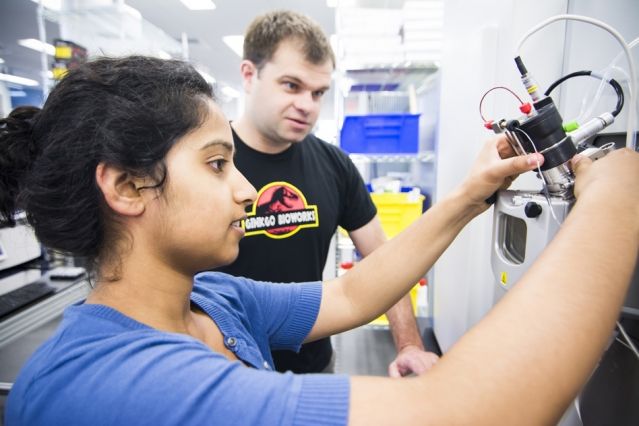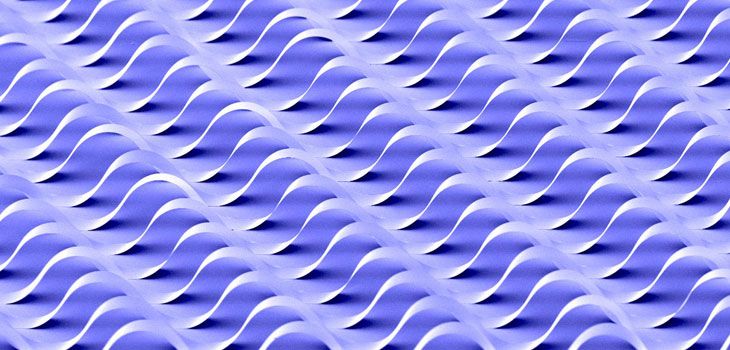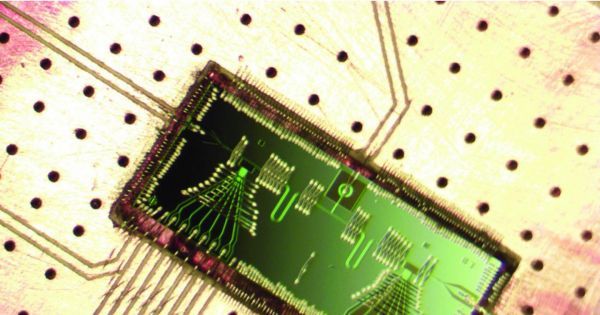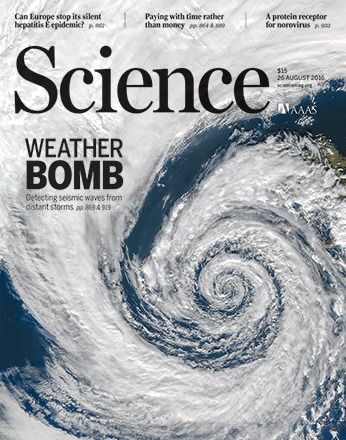Aug 25, 2016
Hacking microbes
Posted by Karen Hurst in categories: biotech/medical, engineering, food
Biology is the world’s greatest manufacturing platform, according to MIT spinout Ginkgo Bioworks.
The synthetic-biology startup is re-engineering yeast to act as tiny organic “factories” that produce chemicals for the flavor, fragrance, and food industries, with aims of making products more quickly, cheaply, and efficiently than traditional methods.
“We see biology as a transformative technology,” says Ginkgo co-founder Reshma Shetty PhD ’08, who co-invented the technology at MIT. “It is the most powerful and sophisticated manufacturing platform on the planet, able to self-assemble incredible structures at a scale that is far out of reach of the most cutting-edge human technology.”

















